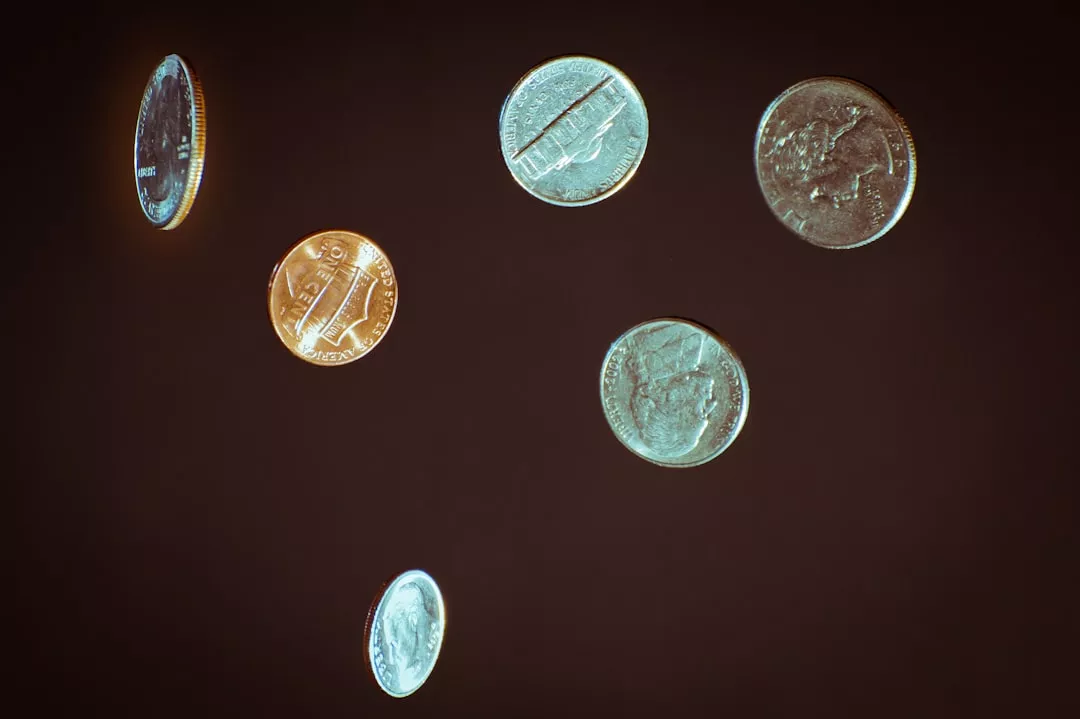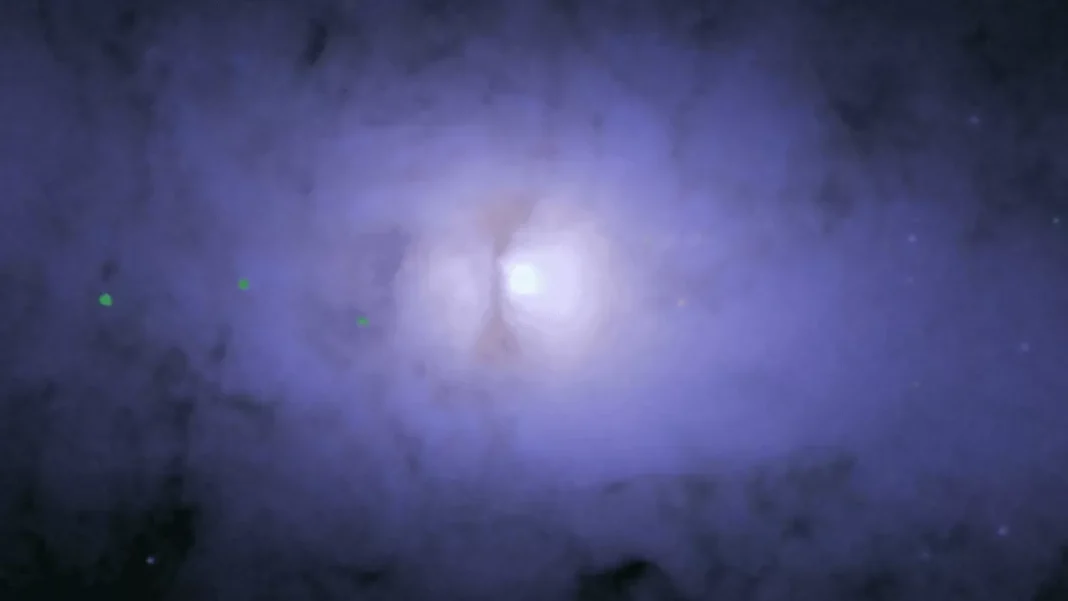NASA’s Hubble and Chandra telescopes have once again amazed us with their discoveries, this time uncovering a bizarre sideways black hole in the galaxy NGC 5084. Located 80 million light-years away, this black hole’s unexpected tilt has left scientists scratching their heads and has opened doors to new theories about the formation and evolution of galaxies.
Black holes, as we know, are regions in space where the gravitational pull is so strong that nothing, not even light, can escape from it. They are often found at the center of galaxies, including our own Milky Way. However, this newly discovered black hole in NGC 5084 is unlike any we have seen before.
Using a new image processing technique called SAUNAS (Spectral Analysis Using Neural Networks for Astrophysical Sources), scientists have revealed X-ray plumes in the galaxy. These plumes are strong indications of a cosmic event that altered the galaxy and caused the black hole to tilt to its current position.
The discovery of this sideways black hole is not only exciting but also raises many questions about the formation and evolution of galaxies. Scientists believe that this black hole’s unusual tilt may have been influenced by a violent galactic collision. It is possible that NGC 5084 may have collided with another galaxy, causing a disturbance in its gravitational pull and resulting in the black hole’s tilt.
This theory is further supported by the presence of X-ray plumes in the galaxy. These plumes are believed to be remnants of gas and dust that were disrupted and heated up during the collision. The SAUNAS technique was crucial in detecting these plumes, as they are invisible to the naked eye and other traditional methods of observation.
The discovery of this sideways black hole also challenges our understanding of how galaxies and black holes form. According to the current model, black holes are expected to align with the rotation axis of their host galaxy. However, this black hole’s tilt suggests that there might be other factors at play, such as galactic collisions, that can significantly affect a black hole’s orientation.
But why is this discovery important? The answer lies in the fact that black holes play a crucial role in the formation and evolution of galaxies. They are responsible for shaping the structure of galaxies by influencing the movement of stars and gas. Therefore, understanding the behavior and characteristics of black holes is essential in understanding the universe’s larger picture.
Moreover, this discovery also highlights the importance of technological advancements in space exploration. The SAUNAS technique, developed by a team of scientists at the University of Helsinki, has proven to be a game-changer in the field of astrophysics. Its ability to detect faint X-ray plumes has given us a glimpse into a cosmic event that would have otherwise gone unnoticed.
The Hubble and Chandra telescopes have been at the forefront of space exploration, providing us with groundbreaking discoveries for decades. The fact that they continue to surprise us with new and unexpected findings is a testament to their significance in our quest to understand the universe.
With every new discovery, we are one step closer to unraveling the mysteries of the universe. The discovery of this sideways black hole in NGC 5084 is no exception. It not only challenges our existing theories but also paves the way for new discoveries and advancements in the field of astrophysics.
In conclusion, NASA’s Hubble and Chandra telescopes have uncovered a bizarre sideways black hole in the galaxy NGC 5084, located 80 million light-years away. The black hole’s unexpected tilt suggests it may have been influenced by a violent galactic collision. Thanks to the SAUNAS technique, we have been able to detect X-ray plumes in the galaxy, providing evidence of a cosmic event that altered it. This discovery not only adds to our understanding of black holes but also highlights the importance of technological advancements in space exploration. With every new discovery, we are one step closer to unlocking the secrets of the universe.



